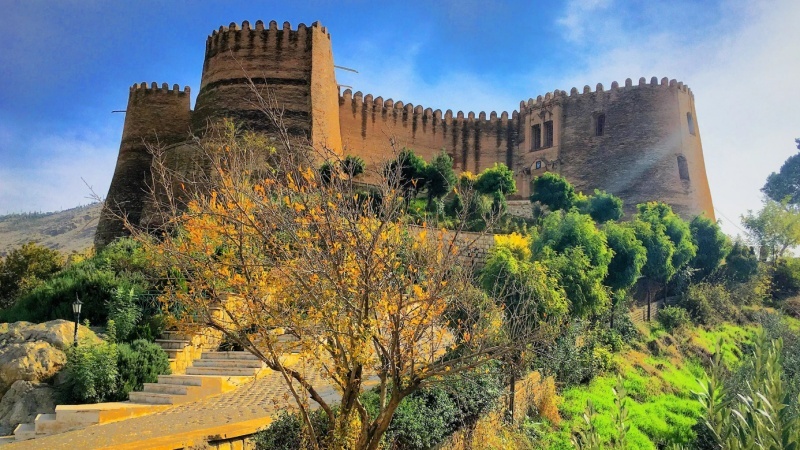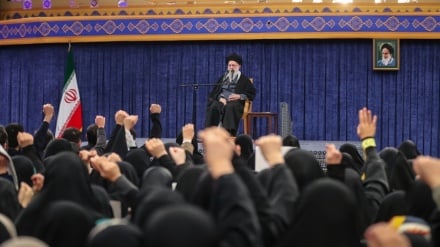Falak-ol-Aflak; ancient Iranian castle and mysteries + Pictures
Pars Today- The Iranian glorious castle, Falak-ol-Aflak, dating back to the 7th century AD, entertains a great number of Iranian and foreign tourists every year.
Falak-ol-Aflak castle, as one of the most important historical monuments of Iran, is located in Lorestan province. In addition to national registration, this castle is waiting for global registration in the UNESCO list. This glorious castle, dating back to the Sassanid era (3rd -7th centuries AD), is located on the hills of Khorramabad, capital of Lorestan province and it entertains many tourists and visitors from all over Iran and various foreign countries.
In this article of Pars Today, we are going to have a look at Falak-ol-Aflak castle as the bezel of Lorestan province:
Where is Falak-ol-Aflak?
Falak-ol-Aflak castle, also known as "12-forts castle", is among the most famous historical and tourist attractions of Iran which is located on an ancient hill in the center of the city of Khorramabad. This castle was built in 651 AD during the Sassanid dynasty. The history of the castle shows that it was mainly a center of ruling for different kings, and it was used as a prison in some other historical eras.
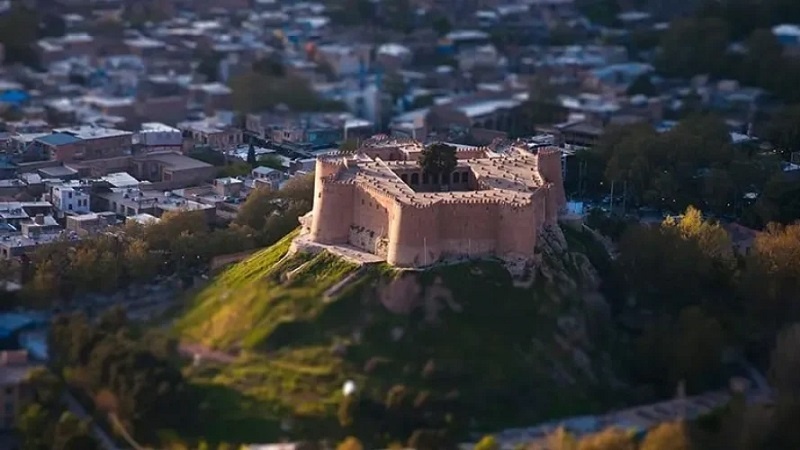
Falak-ol-Aflak materials
Falak-ol-Aflak, with an area of 5,300 square meters, is constructed with stones, bricks, raw clay tablets, plaster and limestone.
This castle has been mentioned in historical sources by various names such as Shapur Khast fortress, Khorramabad castle and so on. The name Falak-ol-Aflak (meaning the sky of skies) is a title which has been chosen for the castle since the Qajarid era (1789-1925). In fact, the naming of the castle may have been due to the existence of 12 forts in it as a reference to 12 zodiac constellations.
Moreover, the naming of the castle may be a metaphor to its inaccessibility.
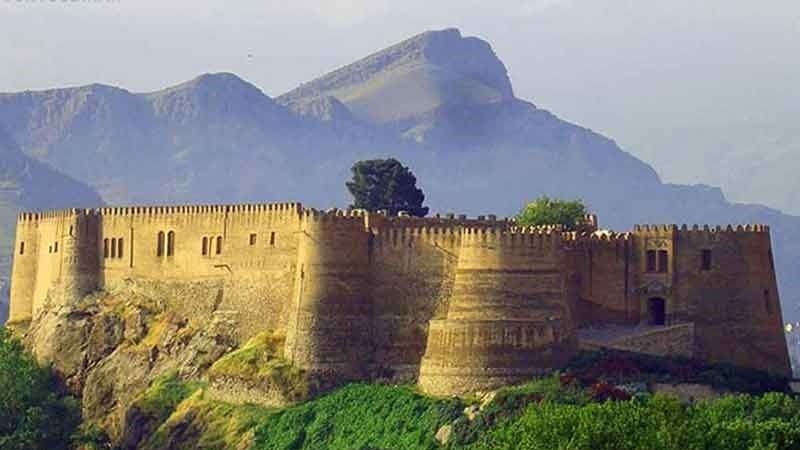
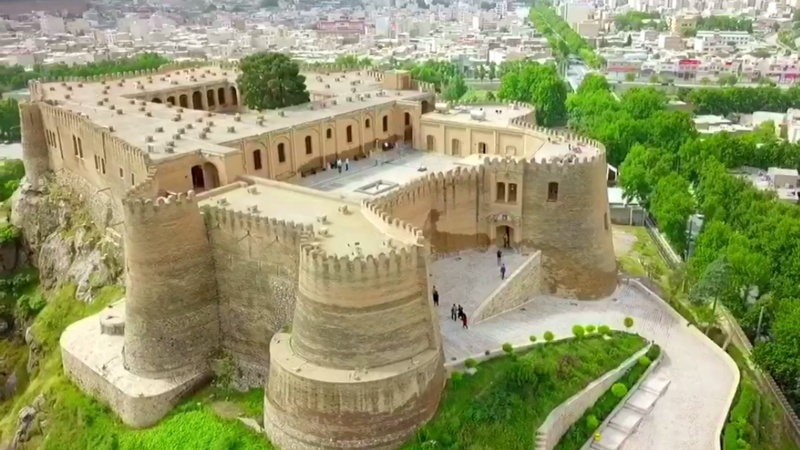
Read more:
Eram Garden in Shiraz; an example of Iran's unique historical gardens + Images
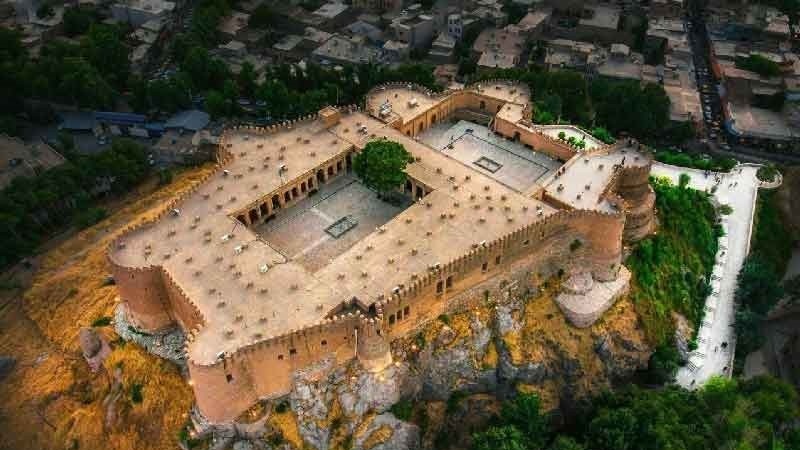
Structure of Falak-ol-Aflak
Falak-ol-Aflak castle is composed of a large hall, two yards, several small halls, rooms and gates facing the north of the castle. The most important part of the castle are its tall forts which used to be 12, but now 8 of them have remained.
Architecture of Falak-ol-Aflak
Building an appropriate and robust barrier has been considered as the most important part of the architecture of this castle. In various eras, Falak-ol-Aflak castle was used as a state fortress. That's why, defensive walls have covered 10 hectares around the castle alongside the river bank in the southeast. The river Khorramabad, also, protects the castle on the south as a ditch.
The general shape of the castle is regular pentagon. Its forts, also, vary in dimension. The walls are from limestone to keep humidity. Thanks to the innovation and skill of the Iranian engineers in old times, the interior of the castle has underground routes for water drainage. To further protect the walls, woods have been used. The brickworks of the castle are in lozenge form and relief shape. On the western wall of the first yard, arabesque design from a mortar of plaster, lime and ashes can be seen. Only two of the forts had been used for watching.
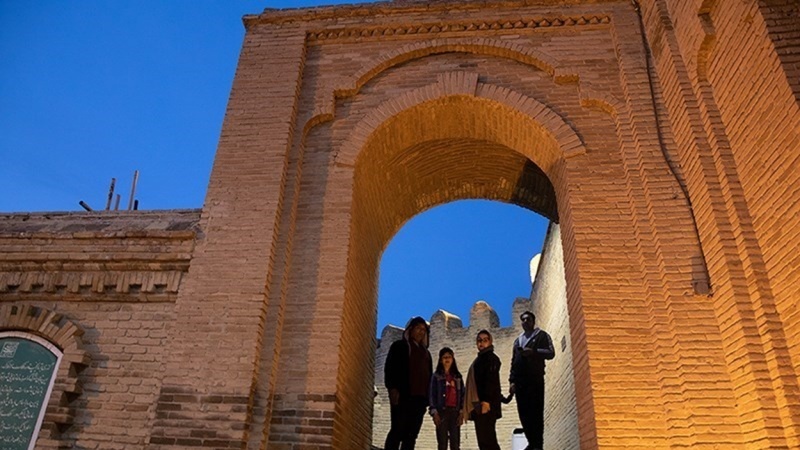
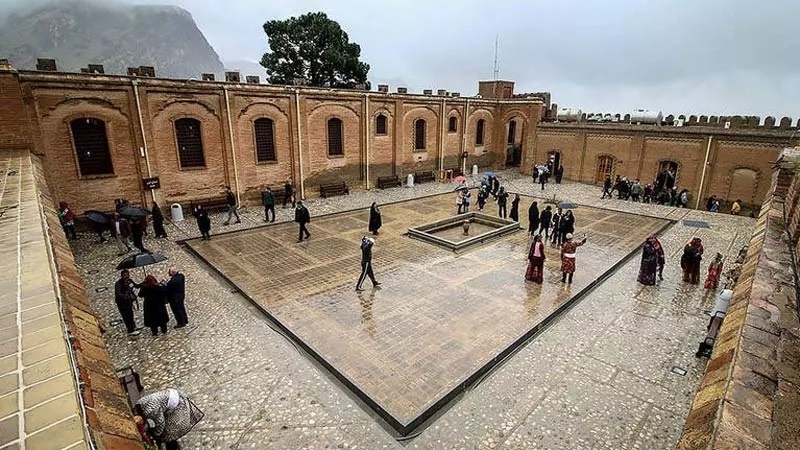
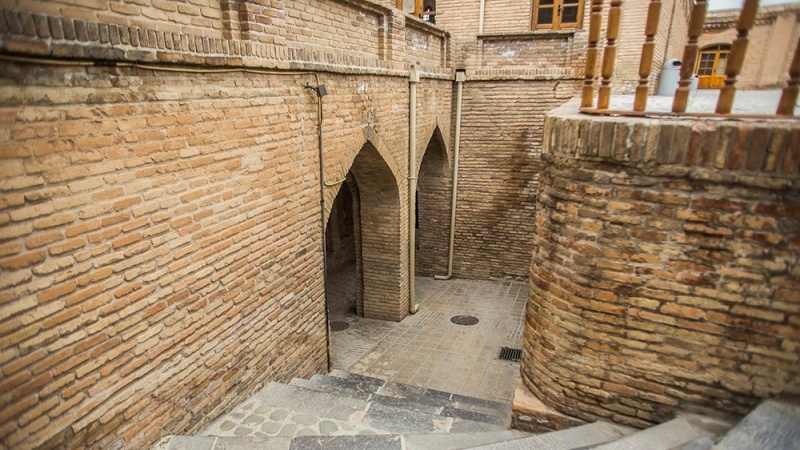
Well of Falak-ol-Aflak castle, mysterious and lasting
The well of Falak-ol-Aflak castle is the most mysterious part of it. It is more than 40 meters deep and is located in the northeast of the first yard. It seems that due to being near to the spring, this well had been dug.
There are 150 cubic holes on the walls of Falak-ol-Aflak well in a symmetric way which had been built for going down and up the well. The ceramics and mortar used in between the stones of the well date back to the pre-Sassanid era. Interestingly, the water still flows on the floor of the well and it is drinkable.

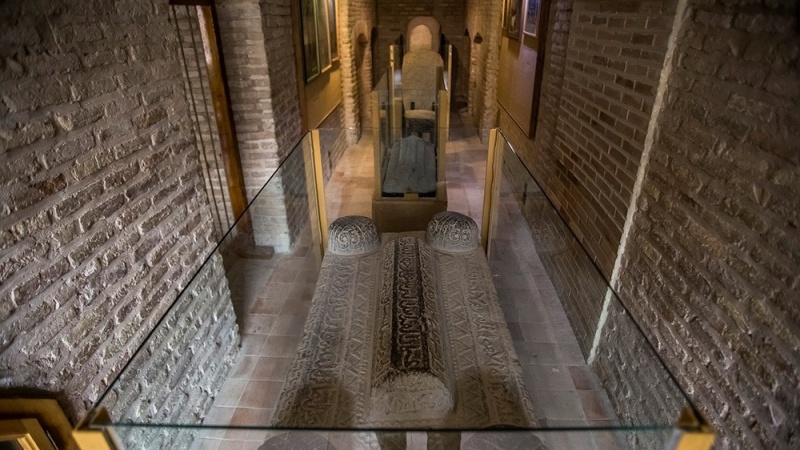
Museum of Falak-ol-Aflak castle
The anthropology museum of Lorestan province, as one of the richest of the kind in the country, is located in the yard of Falak-ol-Aflak castle in the center of Khorramabad. This museum includes two sections, namely, archeology and anthropology. 50 precious historical works have been displayed in the 12-showcase archeology section, such as ceramics and very precious jewels.
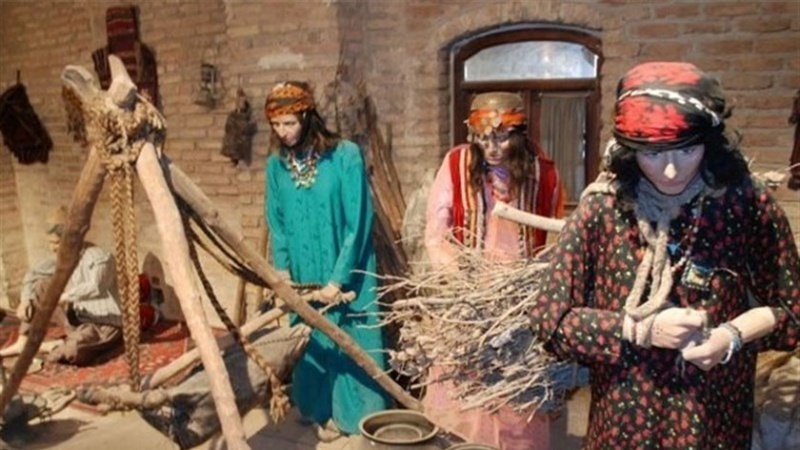
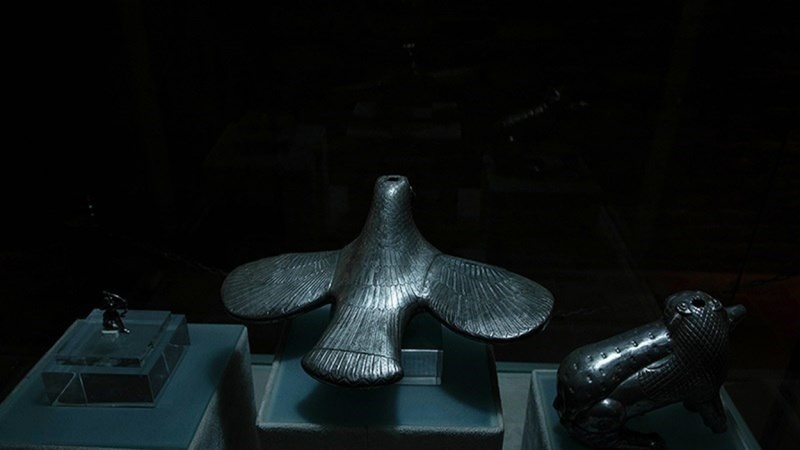
Tourists in Falak-ol-Aflak
Every year, a great number of Iranian and foreign tourists travel to Lorestan province to visit this marvelous castle. This edifice is considered among hundreds of valuable works in the field of architecture and engineering of Iranians and it has astounded many visitors and experts.

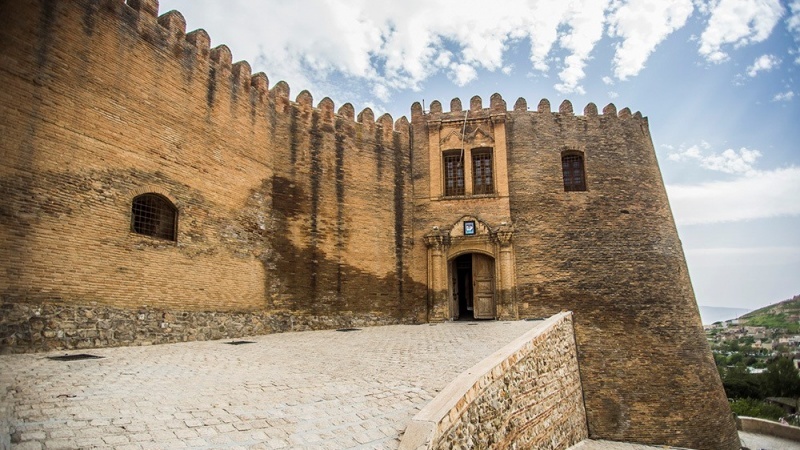
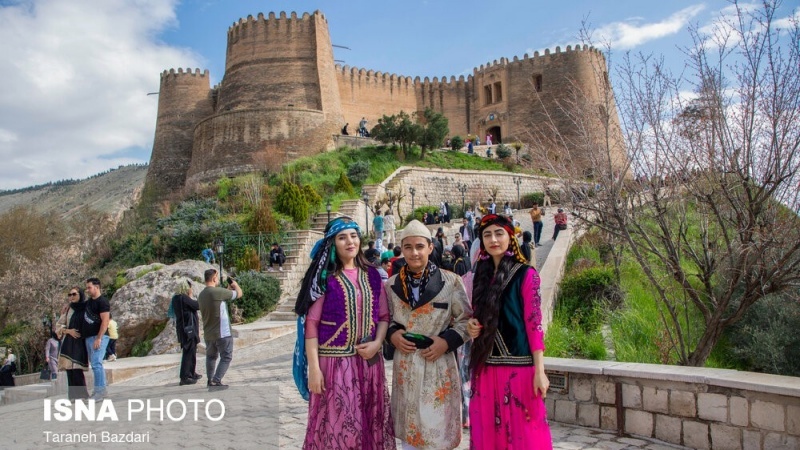
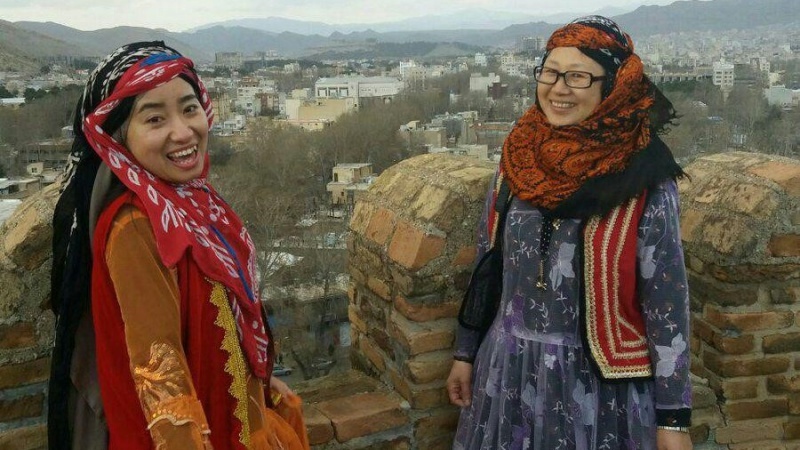
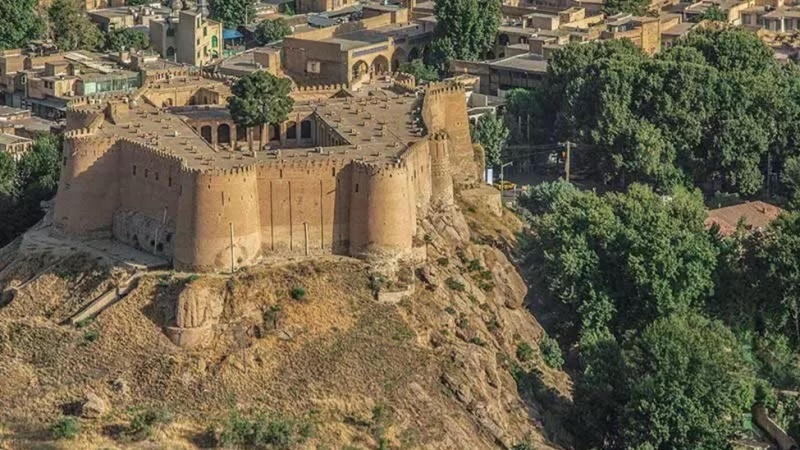
Key phrases: ancient castles of Iran, Falak-ol-Aflak castle, history of Iran, Iran's military history, Iranian attractions
RM/UR
